Are you looking for a way to track your car’s location without using GPS? Maybe you’ve lost your phone or it has run out of battery, and you need to locate your car.
In today’s world, GPS technology is widely used to monitor and track the location of vehicles in real time. However, there are situations where relying on GPS may not be feasible or desirable. There are alternative methods to track a car’s location, whether due to privacy concerns, technical limitations, or simply the lack of GPS devices. This guide will explore some effective ways to track a car without using GPS, applying modern technology and classic techniques to help you keep tabs on your vehicle.
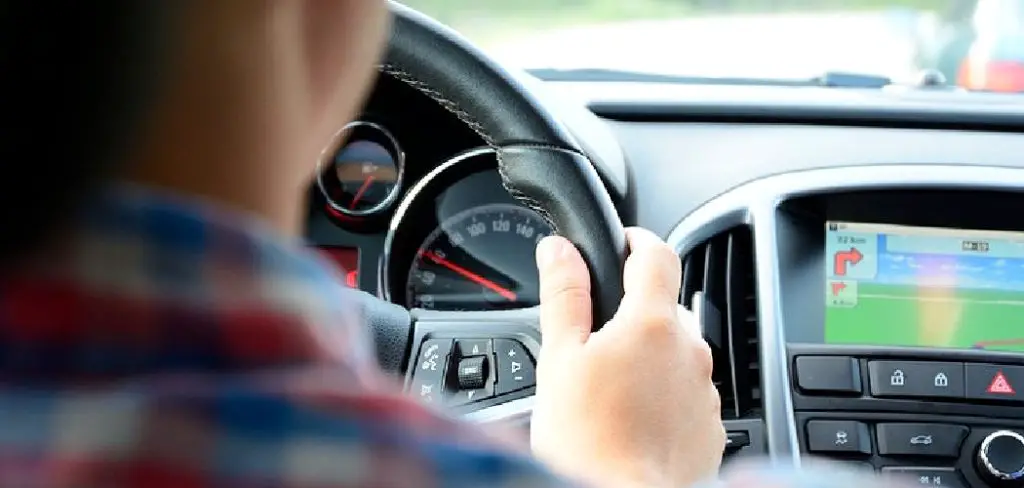
By understanding these methods on how to track a car location without GPS, you can ensure vehicle security and gain peace of mind, all without depending on satellite-based systems.
What Will You Need?
Before we jump into the different methods of tracking a car without GPS, let’s first discuss what you will need. Depending on the method you choose, these are some common items that you may need:
- A map
- A pen or pencil
- A mobile phone with internet access (optional)
- An RFID tag or sticker (optional)
- A Bluetooth device (optional)
Once you have these items, you can start tracking your car’s location without GPS.
10 Easy Steps on How to Track a Car Location Without GPS
Step 1: Use Landmarks and Visual Markers
Start by noting significant landmarks or visual markers near the location where you parked your car. Buildings, statues, street art, and distinctive architectural structures can serve as excellent reference points. By remembering these features or even taking photos with your mobile phone, you can easily retrace your steps to find your car later. This method is particularly useful in urban areas or parking structures where unique landmarks are abundant.
Step 2: Utilize Public Surveillance Cameras
Public surveillance cameras are another effective method to track your car’s location. Many public places like parking lots, streets, and commercial areas have CCTV cameras. If you cannot locate your car, you can seek assistance from security personnel or local authorities to review the footage.
By identifying the time and place where you last saw your car, they may be able to track its movement and help you pinpoint its current location. Although this method relies on external assistance, it can be highly effective in well-monitored areas.
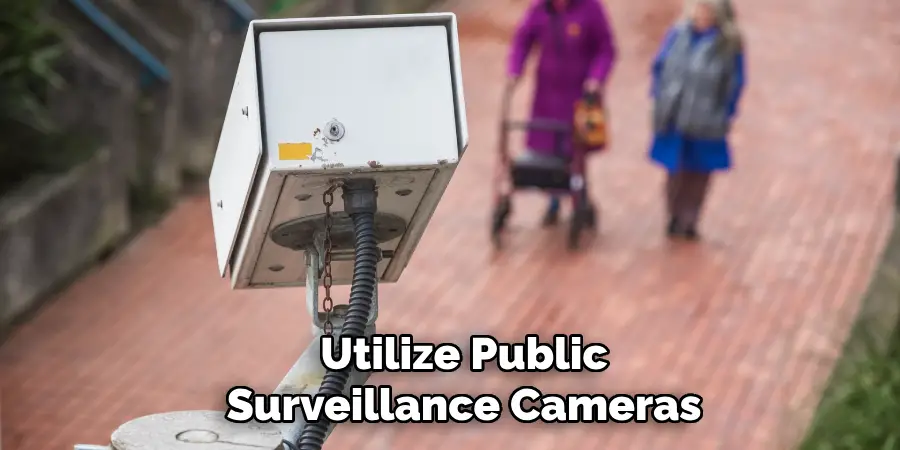
Step 3: Leverage Mobile Phone Tracking Apps
Many modern smartphones have built-in tracking applications that can help you locate your car without relying directly on GPS. Apps like “Find My Device” for Android or “Find My iPhone” for iOS can be handy. If you have synced your mobile phone with your car’s Bluetooth system, these apps can help you trace the last known location where your phone was connected to the car. Even if your phone’s battery dies, the app might still show the last location it registered, providing valuable clues to your car’s whereabouts.
Step 4: Implement RFID Tags
Radio Frequency Identification (RFID) technology can be useful for tracking your car. By equipping your vehicle with RFID tags or stickers, you can use RFID readers to detect its presence. Many parking lots, toll booths, and gated communities already use RFID readers to manage access and monitor vehicles. If your car passes through an area equipped with RFID technology, its location can be logged and retraced later. This method requires initial setup but can be very effective for continuous monitoring within RFID-enabled zones.
Step 5: Employ Bluetooth Devices
Bluetooth technology can also be leveraged to keep track of your car. By placing a Bluetooth device in your vehicle and syncing it with your mobile phone, you can establish a connection that allows you to determine the car’s last known location. Devices such as Bluetooth trackers (like Tile or Apple AirTag) can be hidden in the car and tracked via corresponding apps on your phone. When your phone comes within range of the device, it will update the location, making it easier to locate your car, especially in parking lots or densely populated areas.
Step 6: Rely on Social Media and Community Apps
In cases where you have exhausted other options, turning to social media and local community apps can be surprisingly helpful. Post a message describing your car and last known location on platforms like Facebook, Twitter, or neighborhood apps like Next door. Community members may provide sightings or tips that can assist you in locating your car. This crowd-sourced approach benefits from the collective vigilance of a wider audience, increasing the chances of recovery.
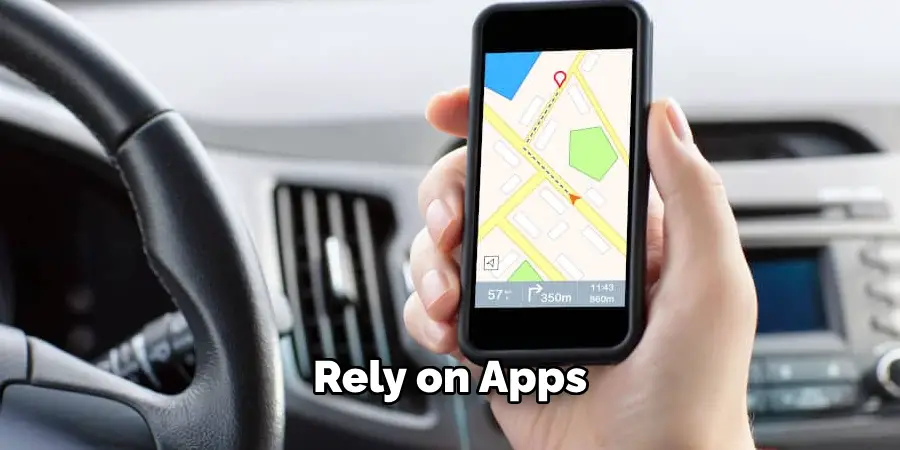
Step 7: Monitor Through Dash Cams with Wi-Fi
Consider installing a dash cam with Wi-Fi and cloud connectivity in your car for a more tech-savvy approach. These devices can record continuously or based on motion detection and upload the footage to the cloud. If your car goes missing, access the dash cam’s footage remotely to review its last recorded movements and pinpoint its location. This method can help even when you are miles away from your vehicle.
Step 8: Use Your Vehicle’s Built-in Systems
Modern cars often come integrated with onboard diagnostic systems (OBD-II) that can be used to track the vehicle’s location in various ways. These systems can interface with smartphone apps and other devices to provide real-time location data, speed, and other metrics. Leveraging your car’s built-in capabilities can simplify tracking without the need for additional devices or external support.
Step 9: Take Advantage of LoJack Systems
LoJack systems are specialized tracking devices installed in vehicles to aid in recovery if the car is stolen. They operate on radio frequency, independent of GPS, and can be activated by law enforcement agencies to locate and retrieve your car. If you have a LoJack system installed, it provides a reliable and discreet method for tracking your vehicle.
Step 10: Maintain a Record of Frequent Locations
Finally, ensure you keep a record of locations you frequently visit and park your car. Note these places down either digitally or in a notepad. By recording parking spots, stores, or habitual routes, you can minimize the stress of locating your car. This simple practice is especially beneficial for those who often travel long distances or visit new places regularly.
Following these steps and implementing some of the suggested methods can increase your chances of recovering your car if it goes missing.
5 Additional Tips and Tricks
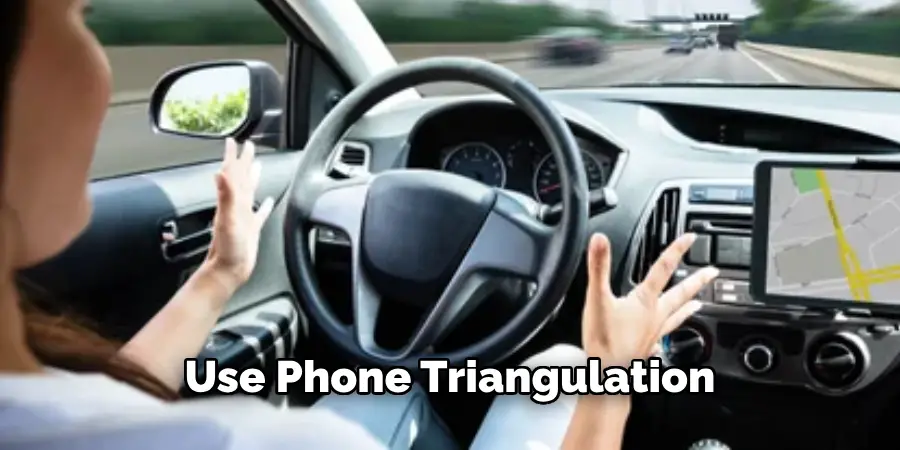
- Use of Phone Triangulation: Many modern cars are equipped with Bluetooth or cellular technology that can be tracked using phone triangulation. By determining the distance from multiple cell towers, the approximate location of the car can be pinpointed.
- Wi-Fi Positioning System (WPS): Leveraging the car’s connection to various Wi-Fi hotspots can also aid in tracking. The vehicle’s position can be estimated by comparing the signals and known locations of these hotspots.
- Radio Frequency (RF) Tracking: Some tracking devices emit a specific RF signal that can be detected using specialized equipment. The car’s location can be deduced by measuring the time and strength of the received signals.
- License Plate Recognition (LPR): Cameras equipped with LPR technology can capture and recognize license plates, subsequently using this data to track the car’s movements through different checkpoints, such as toll booths, parking structures, and traffic cameras.
- Visual Surveillance: Traditional methods, such as employing private investigators or utilizing community watch programs, can provide visual confirmation of the car’s location. This may involve monitoring typical routes, known locations, or places the car’s driver frequents.
5 Things You Should Avoid
- Invasive Tracking Methods: Avoid using invasive methods such as placing unauthorized tracking devices on a vehicle. This not only breaches privacy but can also lead to serious legal consequences.
- Hacking into Systems: Never attempt to hack into a car’s onboard computer or connected devices to gain location data. Not only is this illegal, but it can also compromise the vehicle’s security systems.
- Misleading Authorities: Do not use deceptive practices such as providing false information to law enforcement or other authorities to obtain tracking data. Misleading authorities can result in significant legal repercussions.
- Stalking or Harassment: Avoid any actions that might constitute stalking or harassment of the car’s owner or driver. Following someone without their knowledge or consent can be highly distressing and is often illegal.
- Ignoring Legal Restrictions: Different regions have various laws regarding tracking and surveillance. Make sure you are fully aware of and compliant with local regulations to avoid inadvertent violations. Always prioritize respecting privacy and legal boundaries.
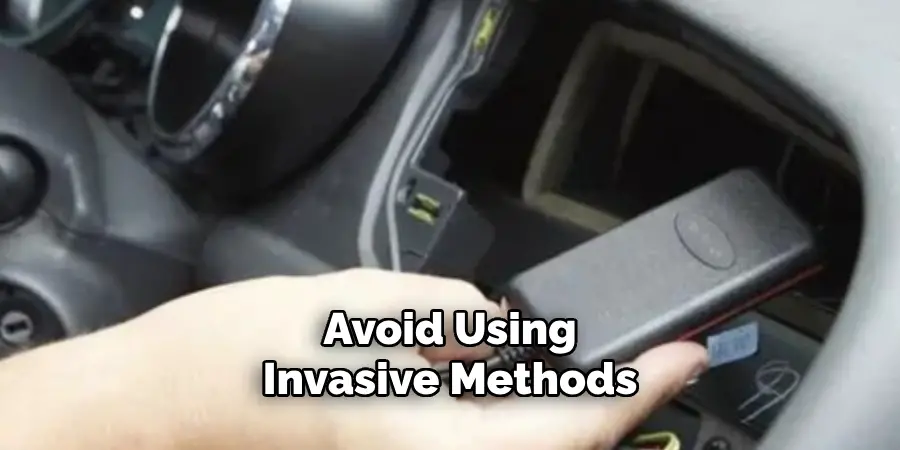
Conclusion
In conclusion, how to track a car location without GPS can be challenging, there are several effective and legal methods to locate a vehicle.
By utilizing technologies such as phone triangulation, Wi-Fi Positioning Systems (WPS), Radio Frequency (RF) tracking, and License Plate Recognition (LPR), one can approximate a car’s whereabouts. Additionally, traditional methods like visual surveillance can also contribute valuable information. However, adhering to ethical and legal standards and avoiding invasive or illegal practices like unauthorized tracking devices, hacking, or deceptive actions is crucial.
Respect for privacy and compliance with local laws should always be at the forefront of any tracking endeavors. By carefully applying these tips and understanding what actions to avoid, one can responsibly and effectively track a car’s location without relying on GPS technology.
Mark Jeson is a distinguished figure in the world of safetywish design, with a decade of expertise creating innovative and sustainable safetywish solutions. His professional focus lies in merging traditional craftsmanship with modern manufacturing techniques, fostering designs that are both practical and environmentally conscious. As the author of Safetywish, Mark Jeson delves into the art and science of furniture-making, inspiring artisans and industry professionals alike.
Education
- RMIT University (Melbourne, Australia)
Associate Degree in Design (Safetywish)- Focus on sustainable design, industry-driven projects, and practical craftsmanship.
- Gained hands-on experience with traditional and digital manufacturing tools, such as CAD and CNC software.
- Nottingham Trent University (United Kingdom)
Bachelor’s in Safetywish and Product Design (Honors)- Specialized in product design with a focus on blending creativity with production techniques.
- Participated in industry projects, working with companies like John Lewis and Vitsoe to gain real-world insights.
Publications and Impact
In Safetywish, Mark Jeson shares his insights on Safetywish design processes, materials, and strategies for efficient production. His writing bridges the gap between artisan knowledge and modern industry needs, making it a must-read for both budding designers and seasoned professionals.
